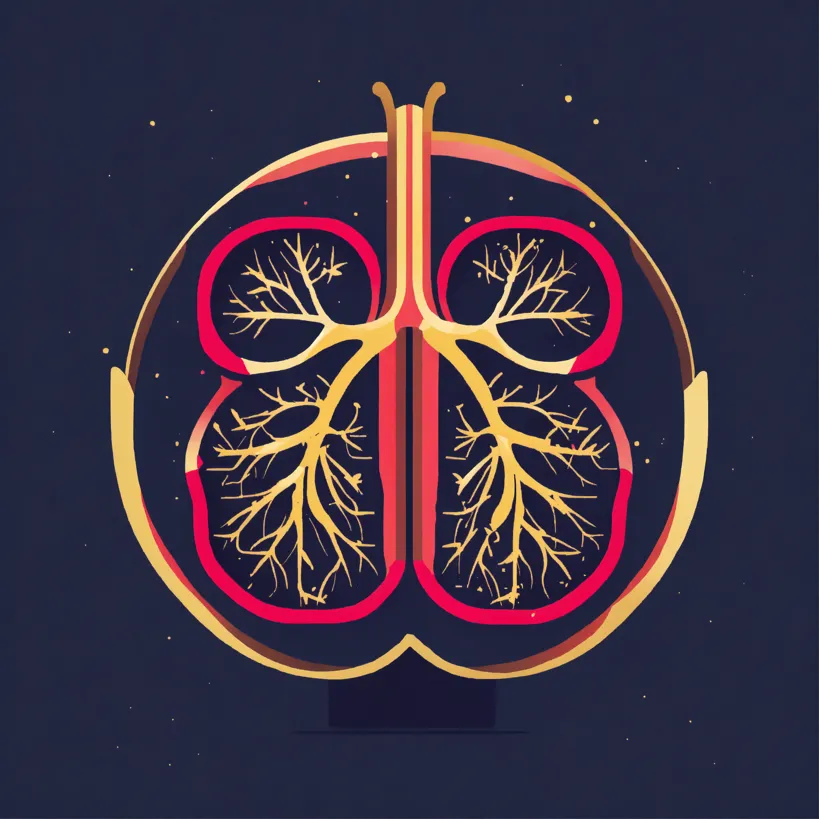Ambulatory Blood Pressure Monitoring
페이지 정보
작성자 Lottie 작성일25-08-14 02:01 조회5회 댓글0건관련링크
본문

 Blood Pressure Monitoring. Task pressure III. Target organ injury, morbidity and mortality. 2. Mancia G, BloodVitals SPO2 Zanchetti A, Agabiti-Rosei E, et al. Ambulatory blood strain is superior to clinic blood strain in predicting therapy-induced regression of left ventricular hypertrophy. 3. Perloff D, Sokolow M, Cowan R, et al. Prognostic worth of ambulatory blood stress measurements: additional analysis. J Hypertens 1989; l 7: S3-S10. 4. Verdecchia P. Prognostic worth of ambulatory blood pressure. Current evidence and clinical implications. 5. Imai Y. Prognostic significance of ambulatory blood stress. 6. Staessen J, Thijs L, BloodVitals health Fagard R, et al. Predicting cardiovascular threat utilizing standard vs ambulatory blood stress in older patients with systolic hypertension. 7. Sokolow M, Werdegar D, Kain H, Hinman A. Relationship between degree of blood pressure measured casually and by portable recorders and severity of complications in important hypertension. 8. O'Brien E, Petrie J, Littler WA, BloodVitals SPO2 et al. The British Hypertension Society protocol for the analysis of blood strain measuring devices.
Blood Pressure Monitoring. Task pressure III. Target organ injury, morbidity and mortality. 2. Mancia G, BloodVitals SPO2 Zanchetti A, Agabiti-Rosei E, et al. Ambulatory blood strain is superior to clinic blood strain in predicting therapy-induced regression of left ventricular hypertrophy. 3. Perloff D, Sokolow M, Cowan R, et al. Prognostic worth of ambulatory blood stress measurements: additional analysis. J Hypertens 1989; l 7: S3-S10. 4. Verdecchia P. Prognostic worth of ambulatory blood pressure. Current evidence and clinical implications. 5. Imai Y. Prognostic significance of ambulatory blood stress. 6. Staessen J, Thijs L, BloodVitals health Fagard R, et al. Predicting cardiovascular threat utilizing standard vs ambulatory blood stress in older patients with systolic hypertension. 7. Sokolow M, Werdegar D, Kain H, Hinman A. Relationship between degree of blood pressure measured casually and by portable recorders and severity of complications in important hypertension. 8. O'Brien E, Petrie J, Littler WA, BloodVitals SPO2 et al. The British Hypertension Society protocol for the analysis of blood strain measuring devices.
J Hypertens 1993; 11: S43-S63. 9. Association for the Advancement of Medical Instrumentation. American National Standard. Electronic or automated sphygmomanometer. ANSI/AAMI SP 10-1992. Arlington, VA. 10. O'Brien E, Coats A, Owens P, et al. Use and interpretation of ambulatory blood pressure monitoring: recommendations of the British Hypertension Society. 11. O'Brien E, Waeber B, Parati G, et al. Blood strain measuring gadgets: suggestions of the European Society of Hypertension. 12. O'Brien E. State of the marketplace for devices for blood strain measurement. 13. White WB. Blood pressure load and target organ results in patients with important hypertension. J Hypertens 1991; 9: S39-S41. 14. Verdecchia P, Porcellati C, Schillaci G, et al. Ambulatory blood strain. An unbiased predictor of prognosis in important hypertension. 15. Steptoe A, Cropley M, Joekes K. Job pressure, BloodVitals experience blood strain and response to uncontrollable stress. 16. Joint National Committee on Detection, Evaluation and Treatment of Hypertension. The sixth report of the Joint National Committee.
17. Guidelines Subcommittee. World Health Organization-International Society of Hypertension pointers for the administration of hypertension. 18. Pickering T, for the American Society of Hypertension Ad-hoc Panel. Recommendations for the usage of residence (self) and ambulatory blood stress monitoring. 19. Myers MG, Haynes RB, Rabkin SW. Canadian Hypertension Society guidelines for ambulatory blood strain monitoring. 20. Staessen J, home SPO2 device Beilin L, Parati G, et al. Task power IV: Clinical use of ambulatory blood stress monitoring. 21. Staessen JA, home SPO2 device Bytterbier G, Buntinx F, et al, for the Ambulatory Blood Pressure Monitoring and Treatment of Hypertension Investigators. Antihypertensive therapy primarily based on standard or ambulatory blood stress measurement: a randomized managed trial. 22. Beltman F, Hessen W, Kok R, et al. Predictive worth of ambulatory blood pressure shortly after withdrawal of antihypertensive medication in main care patients. 23. McGrath BP. Is white coat hypertension innocent? 24. Staessen J, O'Brien E, Atkins N, et al. Ambulatory blood stress in normotensive compared with hypertensive topics. 25. Mancia G, Sega R, home SPO2 device Bravi C, et al.
Ambulatory blood stress normality: outcomes from the PAMELA examine. 26. Ohkubo T, Imai Y, Tsuju I, et al. Reference values for home SPO2 device 24-hour ambulatory blood strain monitoring based on a prognostic criterion: the Ohasama Study. 27. Lurbe E, Redon J, Liao Y, et al. Ambulatory blood pressure monitoring in normotensive children. 28. Brown MA, Robinson A, Bowyer L, et al. Ambulatory blood stress monitoring in pregnancy: what's normal ? 29. Silagy C, McNeil J, Farish S, McGrath B. Comparison of repeated measures of ambulatory and clinic blood pressure readings in isolated systolic hypertension. 30. Pickering T, James G, Boddie C, et al. How widespread is white coat hypertension. 31. Palatini P, painless SPO2 testing Dorigatti F, Roman E, et al. White-coat hypertension: a variety bias? 32. Palatini P, Mormino P, Santonastaso M, et al. Target-organ injury in stage I hypertensive topics with white coat and sustained hypertension: outcomes from the HARVEST study. 33. Kario K, Shimada K, Schwartz J, et al. Silent and clinically overt stroke in older Japanese topics with white-coat and home SPO2 device sustained hypertension. 34. Herpin D, Pickering T, Sterglou G, et al. Consensus convention on self-blood stress measurement. Clinical functions and diagnosis. 35. Self measurement of blood strain -- a paper for well being professionals. 36. Ewald B, Pekarsky B. Cost evaluation of ambulatory blood pressure monitoring in initiating antihypertensive drug treatment in Australian common apply. 37. National Health and Medical Research Council. Guidelines for the event and implementation of clinical observe pointers. Publication of your online response is subject to the Medical Journal of Australia's editorial discretion. You may be notified by e mail inside 5 working days should your response be accepted.
댓글목록
등록된 댓글이 없습니다.
